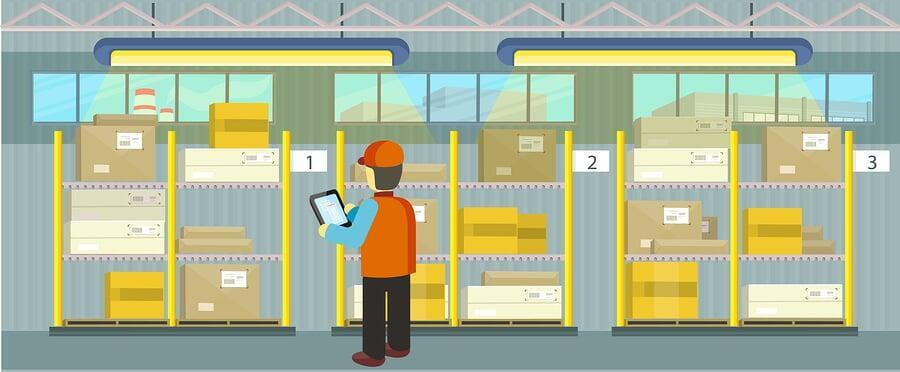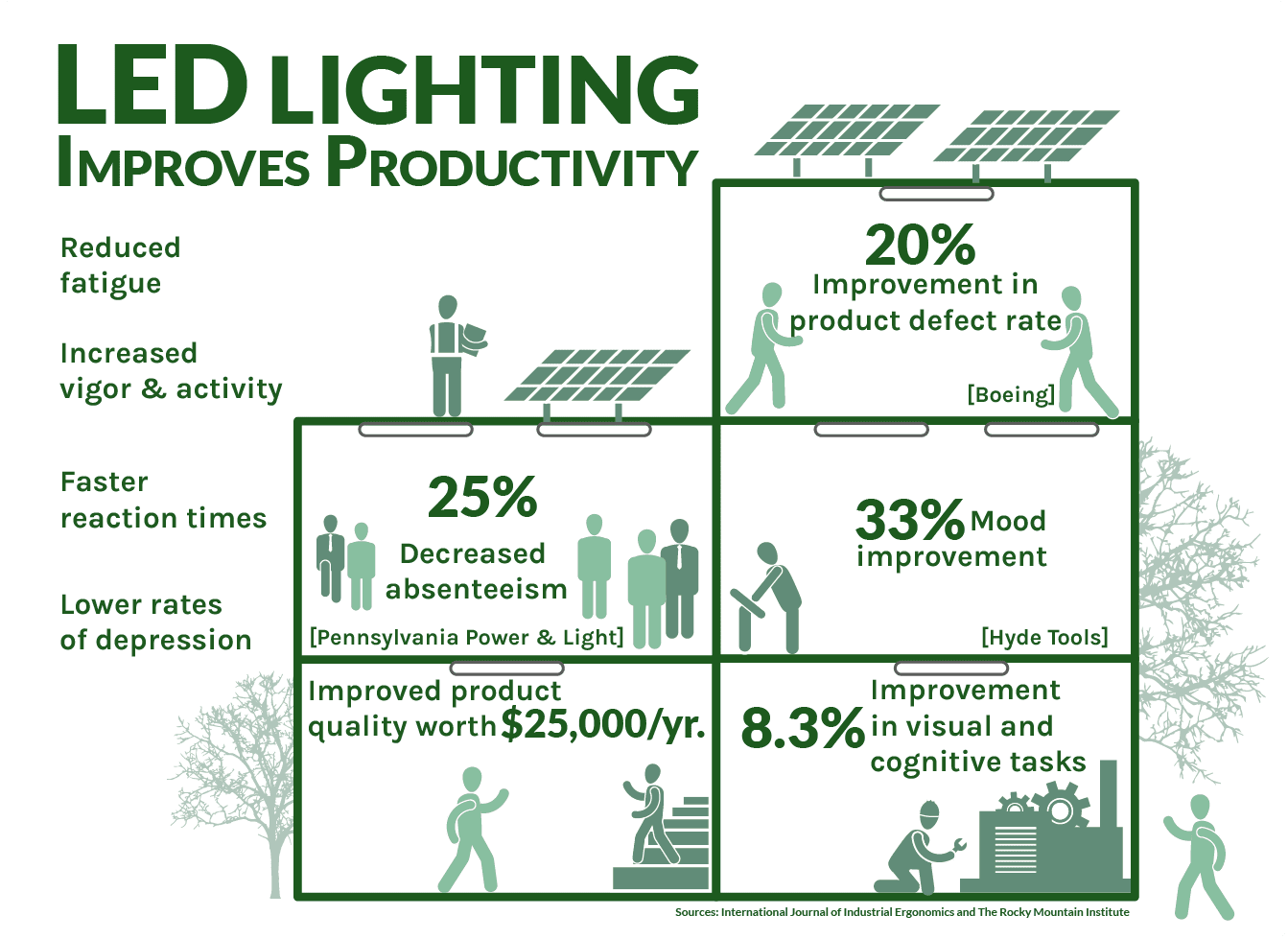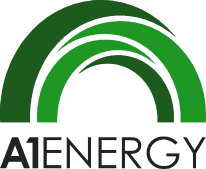The internet is a global network that allows billions of devices to share information, connect with each other and perform transactions. The Internet of Things has taken the same concept and applied it to specific systems. Today, IoT is paving the way for sustainable, eco-friendly, and economic systems that benefit enterprises and major organizations.
Internet of Things (IoT) is the use of smart sensors and actuators to enhance manufacturing and industrial processes. IoT leverages the power of smart machines and real-time analytics to drive business decisions faster and more accurately. IoT is used for space utilization, operational insights/optimization, and sustainability reporting.
In IoT, sensors are attached to equipment that gathers, stores and analyzes the data. Once analyzed, operating schedules can be optimized, predictive maintenance programs can be set, and energy management/strategies can be developed, delivered and maintained.

Internet of Things for Lighting
Recently IoT has seen a drastic demand in the lighting industry. IoT in lighting is no longer just a concept or talking point. It is a well-structured service that functions with the help of sensors and embedded microchips that detect and interact with the surroundings in real-time. Smart lighting is not just for convenience, it optimizes facilities while also saving money and lowering the carbon footprint.
In an IoT lighting system, lighting technology is designed for energy efficiency. This may include high efficiency fixtures and automated controls that make adjustments based on conditions such as occupancy or daylight availability. With a smart lighting system, devices are not just connected, they constantly talk to each other and share information that dictate how the fixtures operate in real-time and the data is stored and analyzed to create on-going operational efficiencies.
Smart lighting systems have been around for a while now, but these were originally only meant to control dimming or daylighting without operating for efficiency through a network. Over the last decade, with the advancement of AI and machine learning, lighting is not only able to store data, but also able to analyze overall operational data to make them more energy and cost-efficient
LED Lighting Systems
The digital nature of LED has pushed the limits of what is possible with lighting. It offers a large range of lighting effects i.e. dimming or color changes on occupancy-based behavior. Ever since IoT and lighting have joined forces, industrial lighting systems have become smarter and more interactive. The inclusion of IoT improves energy efficiency, enhances safety and reduces the operational costs. LED lighting has improved indoor as well as outdoor lighting. With IoT and LED technology, one can easily enhance customer experience by adjusting the lighting so that it exudes comfort and results in a more welcoming ambiance. This technology is redefining commercial and industrial lighting.
Companies like A1 Energy work to integrate IoT and LEDs with their expertise and extensive research. As an energy consultant, their goal is to make commercial and industrial lighting as cost and energy-efficient as possible. IoT and LED lighting can easily enhance your customer experience, increase your office productivity, and save money on the facilities electric spend.
Networked Lighting Controls
Installing intelligent lighting and controls enables the facility to use the existing network infrastructure in the building for controlling and powering the lighting system. This allows for flexibility and interoperability with other systems like a Building Management System. This may eliminate the need for the addition of expensive gateways and it will allow for the sharing of data.
Networked Lighting controls, or advanced lighting controls, can not only be cost and energy-efficient, but they also provide lighting that is customized to a group of people in a specific space. These advanced lighting controls contribute to human-centric lighting, which aims to have positive effects on human behavior and mood.
Temperament, energy level, and the circadian rhythm can all be altered with the right lighting and ambiance. By gradually increasing the dim-ability and lighting temperature, lighting engineers have made it possible to adjust various lighting systems in an organization to improve productivity and boost the mood of employees.

Applications
Advanced lighting technologies help determine how a large space in a facility is being used or can be used. With networked lighting systems, the connectivity increases and a network is created to store data in one place.
Networked lighting controls also provide people with high-level data on how operations are being performed in a space. This provides operational insights into any industry. For example, occupancy sensors can determine which spaces are being used and share this information through a BMS system to make appropriate adjustments to the HVAC systems. Many manufacturing industries benefit from this information which can give the company an opportunity to save money, optimize space utilization, and provide precise sustainability reporting data. This data is also valuable in analyzing load profiles when preparing to purchase electricity. An LED lighting system that is integrated with advanced lighting controls can be a great investment for any organization. After all, productivity and efficiency are the driving forces of a company in the race to remain relevant in the market.
Warehouses and industrial facilities have been working towards efficient facilities over the past decade with updating to LED lighting and basic controls. Though the system may seem efficient and smartly utilized, IoT in lighting can provide an opportunity for organizations to improve productivity and efficiency in areas like energy utilization, space utilization, well-structured procedures, and automating manual tasks.
At the end of the day, you can considerably cut down on excessive expenditure through advanced lighting controls and LED lighting while simultaneously collecting relevant information about the workplace and improving the environment.
